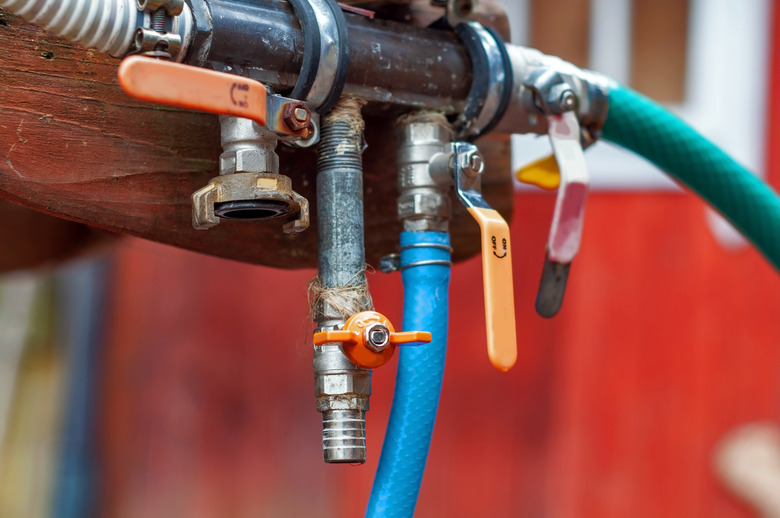How To Install A Sand Point Well
Sand point wells, also called well points or drive point wells, are what you might think of when considering traditional well water used before the advent of city water supplies. This simple type of well is a great option for homeowners who live in an area with sandy or loose soil. Sand points drive through the soil to the water table and use pumps to get water to the surface. These wells don't usually yield as much water as more modern driven wells, but they are useful for emergency water or for livestock and crops.
When to Use a Sand Point Well
When to Use a Sand Point Well
If your soil is high in clay or contains many large rocks, a sand point well may not be the best choice for your home. However, if you're seeking an inexpensive well installation option and your area's water table is within about 30 feet of the surface, a sand point well might be a good choice for you. Though wells have been drilled far into the earth, sometimes as far as 150 feet, those depths are hardly feasible for a casual do-it-yourself project.
How to Install a Sand Point Well
How to Install a Sand Point Well
A sand point is a perforated pipe that drives through the earth and provides a channel for water to be pumped to the surface. Installation of a sand point well first requires the driving of this piece down to the level of the water table. Note that the water table will fluctuate throughout the course of the year depending on the weather and precipitation. In addition, depending on your jurisdiction, you may need permission to dig a well.
To begin, select the location for your well and prepare to drive your sand point into the ground. Generally, you should dig your well at your property's highest point to prevent contamination by wastewater runoff.
The sand point should be 24 to 60 inches long and have a heavy steel point. It should also be screened to keep out larger dirt particles. Overall, the sand point needs to be strong enough to withstand hammering or driving into the earth.
Attach the sand point to a rigid pipe. The pipe must also be strong enough to withstand being forcefully drilled into the ground. You should use a cap on the exposed end of the pipe to protect the threads from wear and use.
Next, drive the sand point and pipe into the earth using a driver. Be sure to leave at least 18 inches of pipe extended above ground level so that you can attach a pump.
Once you have driven your sand point and pipe into the earth, you will need to verify that you have hit the level of the water table. To determine where the water level is and how deep you will need to drive, lower a weighted string or rope into the pipe. You should be able to hear it when it hits water. Once this has occurred, drive the sand point 5 feet deeper to allow for seasonal water-level fluctuations.
Once you have dug the well, you will need to install a pump assembly. Most homeowners installing their own sand point wells choose either a pitcher pump or suction pump. Assemblies for either type of pump are available in kits or at home improvement stores.
Before use, you will need to flush the pump and pipe of dirt. This can be achieved by repeatedly pumping water until it runs clear. In addition, you may wish to disinfect the well using a chlorine solution of at least 100 parts per million. This is important if you will be consuming the water, as opposed to merely using it for gardening or livestock. Before use, flush the well of all chlorine as well.
